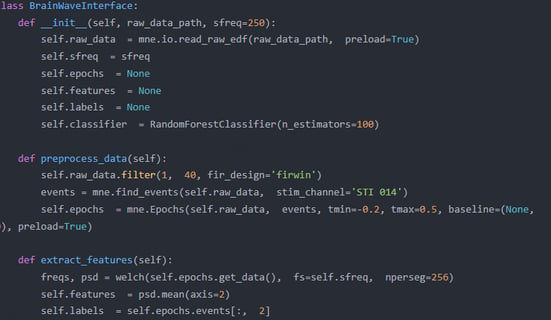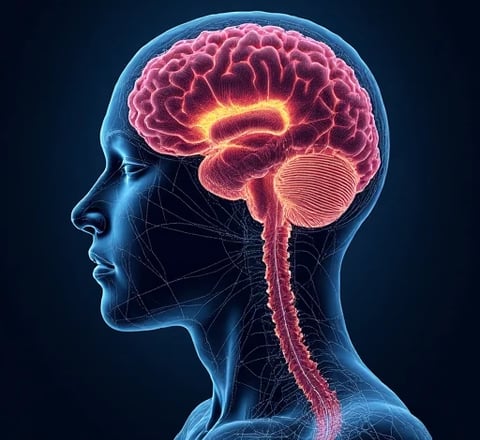Robert Kincaid


Professional Summary:
Robert Kincaid is a pioneering neuroscientist and brain-computer interface (BCI) specialist, dedicated to developing brainwave interaction interfaces for patients with disorders of consciousness (DoC). With a strong background in neuroscience, signal processing, and human-computer interaction, Robert focuses on creating innovative technologies that enable communication and interaction for individuals in vegetative states, minimally conscious states, or locked-in syndromes. His work bridges the gap between neuroscience and technology, offering hope and improved quality of life for patients and their families.
Key Competencies:
Brainwave Signal Processing:
Develops advanced algorithms to decode and interpret brainwave signals (e.g., EEG) from patients with disorders of consciousness.
Utilizes machine learning and signal processing techniques to enhance the accuracy and reliability of brainwave-based communication.
BCI System Design:
Designs and implements brain-computer interface systems tailored for patients with DoC, ensuring usability and adaptability.
Integrates multimodal data (e.g., EEG, fMRI, and eye-tracking) to create robust and responsive interaction interfaces.
Clinical Applications:
Collaborates with clinicians and caregivers to develop BCI systems that address the specific needs of patients with DoC.
Conducts clinical trials to validate the effectiveness and safety of brainwave interaction interfaces in real-world settings.
Interdisciplinary Collaboration:
Works closely with neuroscientists, engineers, and healthcare professionals to align BCI technologies with clinical and ethical standards.
Provides training and support to ensure seamless integration of BCI systems into patient care workflows.
Research & Innovation:
Conducts cutting-edge research on brainwave interaction interfaces, publishing findings in leading neuroscience and BCI journals.
Explores emerging technologies, such as neurofeedback and AI-driven BCI, to push the boundaries of patient communication and rehabilitation.
Career Highlights:
Developed a brainwave interaction interface that enabled basic communication for patients in a minimally conscious state, significantly improving their quality of life.
Designed a BCI system that achieved real-time responsiveness for locked-in syndrome patients, allowing them to express needs and preferences.
Published influential research on brainwave interaction interfaces, earning recognition at international neuroscience and BCI conferences.
Personal Statement:
"I am driven by a deep commitment to improving the lives of patients with disorders of consciousness through innovative brain-computer interface technologies. My mission is to develop brainwave interaction interfaces that empower these individuals to communicate, interact, and reconnect with the world around them."




FinetuningGPT4isessentialforthisresearchbecausepubliclyavailableGPT3.5lacksthespecializedcapabilitiesrequiredforinterpretingcomplexbrainwavedata.Developingabrainwavebasedinteractioninterfaceinvolveshighlydomainspecificknowledge,nuancedunderstandingofneurologicalpatterns,andcontextuallyrelevantrecommendationsthatgeneral-purposemodelslikeGPT-3.5cannotadequatelyaddress.FinetuningGPT4allowsthemodeltolearnfrommedicaldatasets,adapttotheuniquechallengesofthedomain,andprovidemoreaccurateandactionableinsights.ThislevelofcustomizationiscriticalforadvancingAI’sroleinhealthcareandensuringitspracticalutilityinreal-world,high-stakesscenarios.


Tobetterunderstandthecontextofthissubmission,IrecommendreviewingmypreviousworkontheapplicationofAIinhealthcare,particularlythestudytitled"EnhancingPatientCareUsingAIDrivenBrainwaveAnalysisModels."Thisresearchexploredtheuseofmachinelearningandoptimizationalgorithmsforimprovingthequalityandrelevanceofmedicaldatainterpretation.Additionally,mypaper"AdaptingLargeLanguageModelsforDomainSpecificApplicationsinMedicalAI"providesinsightsintothefinetuningprocessanditspotentialtoenhancemodelperformanceinspecializedfields.